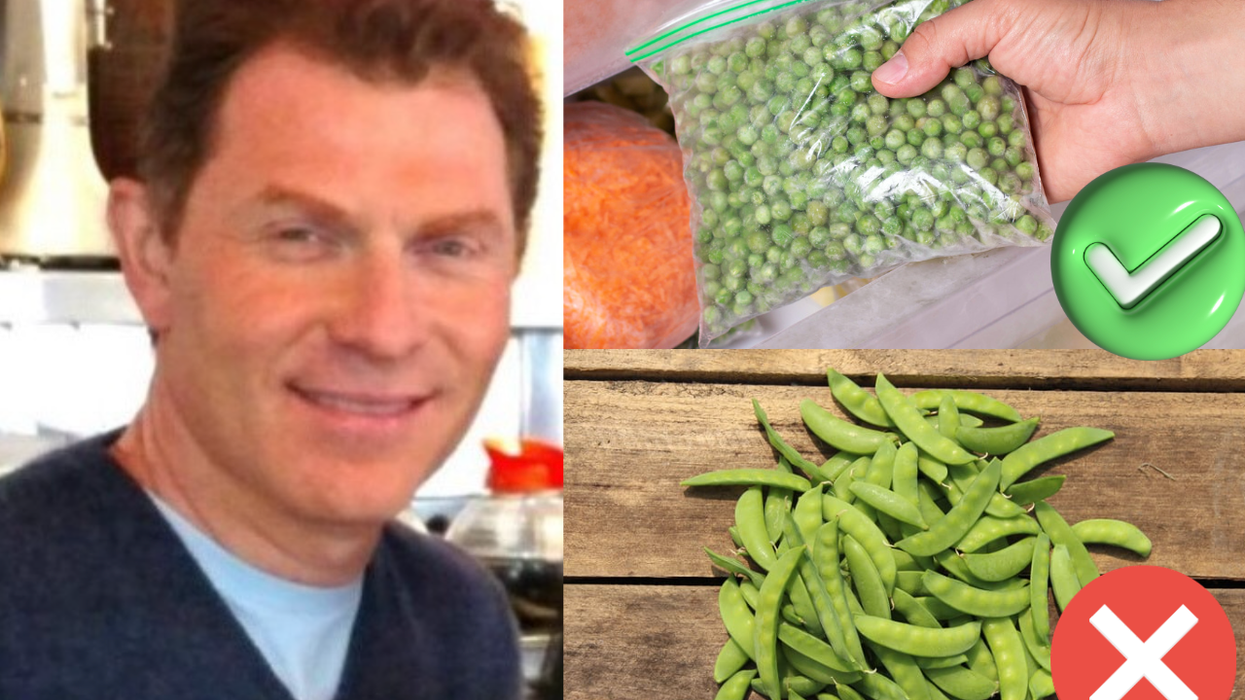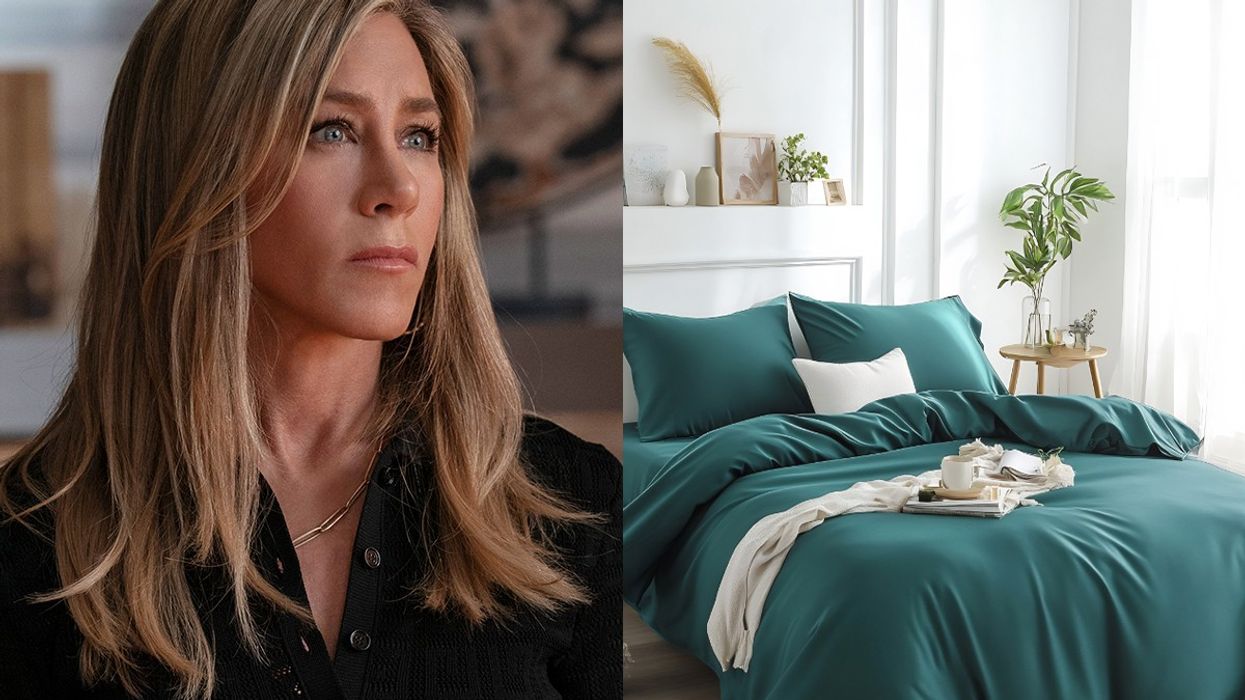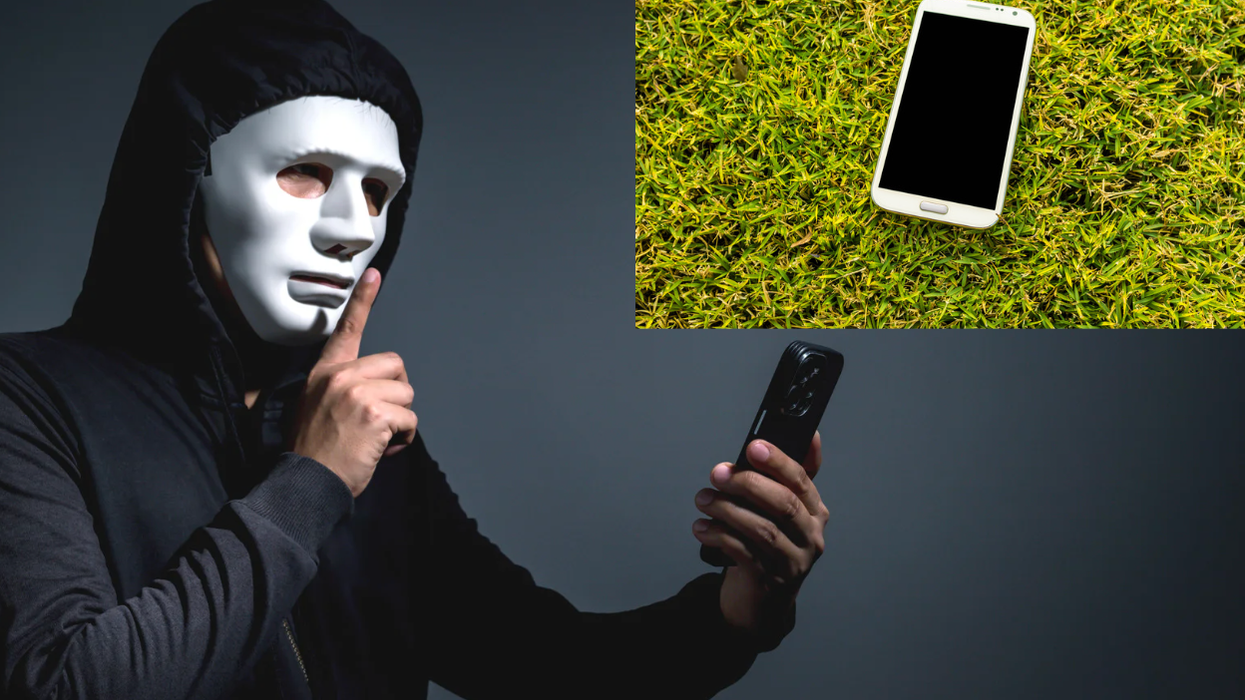For all its simplicity, it’s hard to deny that Play-Doh is one of the most successful toys of all time. A colored modeling clay just a cut above what you can make out of household ingredients, its ability to inspire creative, open, and versatile play earned it a spot in the National Toy Hall of Fame in 1998 and on the Toy Industry Association’s “Century of Toys” list in 2003. Over the nearly six decades it has been on the market, purveyors have sold over 2 billion cans (at least 700 million pounds) in about 75 countries; the U.S. alone boasts at least 6,000 stores that stock Play-Doh products. It’s even got its own (jokey) holiday—September 18 is National Play-Doh Day.
It’s tempting to think that such a successful product must have been the result of careful planning by ingenious toy inventors or child play experts. Hasbro, the current manufacturer, claims that it was actually an accidental find by a group of scientists. But the truth is far stranger than either of those misleadingly logical narratives. Play-Doh started as a failing wallpaper cleaner. And the story of how its manufacturers, who were on the verge of dumping the product from their shelves, found new use for it holds an important lesson on pivoting from failure to innovation.
The whole story starts in 1933 with a twenty-something kid named Cleo McVicker, hired to sell off the remaining assets of the Kutol soap company. After turning a profit on any excess supplies, he found that he had made enough to keep the company afloat and decided to get the soap business moving again. The ambitious McVicker took an order from the Kroger grocery chain for wallpaper cleaner (a mixture of flour, water, salt, boric acid, and silicone oil used to lift coal-furnace soot off of wallpaper that could not be wetted)—despite having no idea how to make it. The kid and his brother Noah scrambled desperately, eventually devising a recipe for a cheap cleaner and saving the company for another day.
Yet just two decades later they were in trouble again. By the 1950s, the rise of oil and gas furnaces and vinyl wallpaper meant that no one was using wallpaper cleaner anymore. The McVicker boys were thinking about throwing in the towel on their cleansing paste until one of their sisters-in-law, a teacher named Kay Zufall, mentioned she’d heard that people were buying the cheap gunk as a material for children to make inexpensive Christmas ornaments. She tried a bit with her own students and told the McVickers that they loved it, especially as it was cheaper, less toxic, and less staining than traditional modeling clays.
Rather than disregard this news as no more than kids playing with trash, the McVickers saw an opportunity to monetize their poorly selling asset. In 1955, they distributed the gunk to kindergartens and nursery schools throughout their hometown of Cincinnati—and got rave reviews. So the next year they added a little dye and almond scenting and sold the paste as Play-Doh in 1.5 pound buckets, intending to market it to schools. Later, to satisfy individuals inquiring about buying smaller loads, they invented the three-pack of seven-ounce blue, red, yellow clay in 1957 and started making real bank. Thanks to a savvy advertising deal with Captain Kangaroo (née Bob Keeshan), they found a national market, refined the formula (to keep it from drying out too quickly and losing its color when hardened), and proceeded to make $1.50 per can on a product that used to sell for $0.34. They eventually sold out their patent (No. 3,167,440) to General Mills in 1965.
After selling out to GM, Kutol went back to making hand soaps and the McVickers wound up leading less than stellar (read: fairly profligate) lives. But Play-Doh continued to be a profitable anchor through their merger with Kenner Products in 1971, sale to Tonka in 1987, and eventual acquisition by Hasbro in 1991, when the product was placed under the Playskool imprint. Even through minor snafus (like last December’s release of a Play-Doh mold that was obviously a dildo), the simple product marches on undaunted and ever popular.
A good part of this durable success comes from the McVickers openness to the creative ends that others found for their output. Open-ended accidental innovation can be a very resilient form of discovery. Just look at a few other highly successful products that have developed when manufacturers observed and responded to adaptation:
Frisbees began life as pie plates for the Frisbie Baking Company of Bridgeport, Connecticut, which a toymaker observed college students throwing around in the early 20th century. Maybelline mascara started out as coal dust and leftover Vaseline, used by women as a makeshift beauty product. And the noble slinky was just a spring that fell on the ground.
It’s become fashionable to adopt a strategy of pivoting away from failures—following a path of least resistance in radically different directions until experimentation lands you at a good product or procedure. But if Play-Doh and all of these other trashy successes have any lesson for us, it’s that rather than moving away from failures, maybe we should just pay more attention to how other people see our misfires, screw-ups, and out-and-out garbage.














